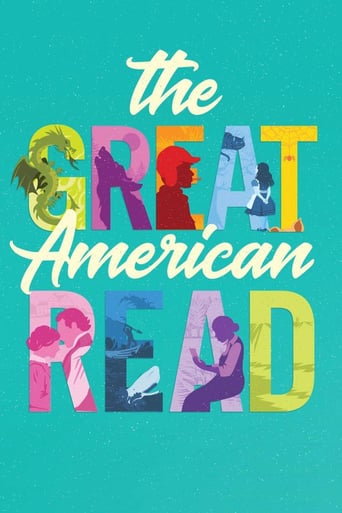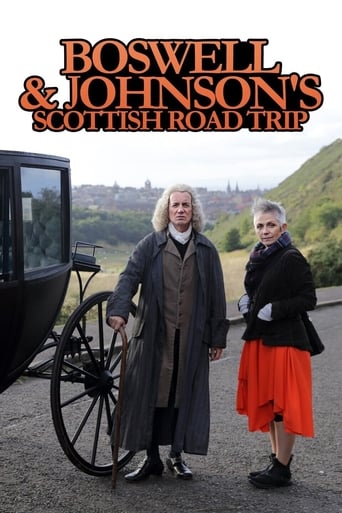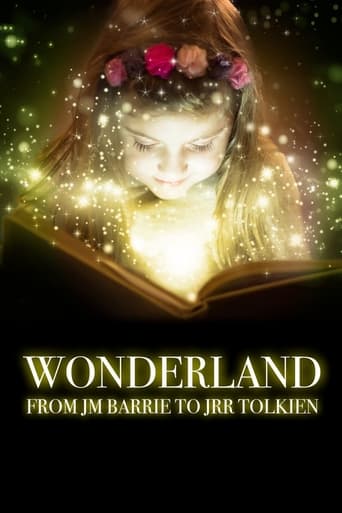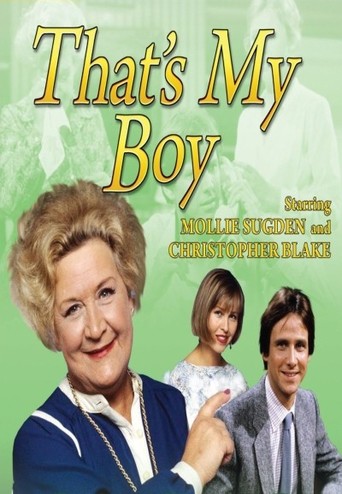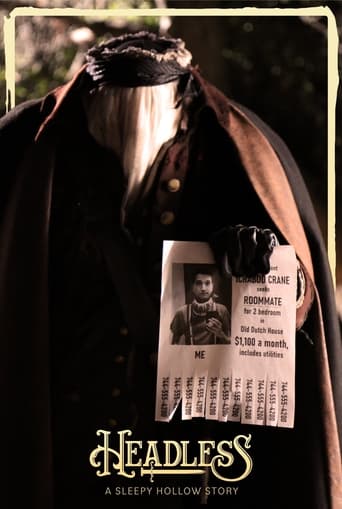It's Lit! (2018)
It's Lit!
2018
A series of smart, funny video essays from PBS Digital Studios about their favorite books and why they love to read. Host Lindsay Ellis delves into topics like the evolution of YA, how science fiction mirrors our own anxieties, and why the book is sometimes just a _bit_ better than the movie.
Seasons & Episode

For years writers of fan fiction were shamed, the butt of jokes, and even subject to copyright litigation. However, in the past few years, with the fan fiction writers of today becoming the published mainstream authors of today the past time is a celebrated benchmark of one’s climb to publication.

With the success of Black Panther, the term Afro-Futurism got pushed into the mainstream. But what is Afro-Futurism and what is its place in Black storytelling? In this episode we give you the starter pack on answering that question.

Although we are currently living through a pandemic that has disrupted our lives and will shape the course of humanity, pandemics have been around since the dawn of civilization, as have stories about fictional pandemics. So now seems like as good a time as any to explore how fictional pandemics have evolved over time, and what they say about their own time.

Before women were asking “Am I a Carrie or a Samantha?”, they were asking “Am I a Jo or an Amy?” Before there was Edward vs Jacob, there was Laurie vs Professor Bhaer. And over the more than 150 years since Little Women was originally published, there have been (deep breath) dozens of adaptations, feature films, television adaptations, plays, ballets, operas and at least two animes based on it.

Edward Cullen. Han Solo. Killmoklknger. Lestat. What do all these characters have in common besides being heartthrobs? They share a common ancestor: the Byronic Hero. Brooding, sensual, violent, intelligent, and single-minded, the Byronic hero has been a staple in literature dating back to the 19th century, but the archetype is all over film, TV and even video games. I see you Cloud Strife, all sad and angsty with your giant sword.

Tolkien is widely regarded as the most influential author on the fantasy genre… period. But one of the less-discussed aspects of his work is the way Tolkien used constructed language in his writing. Nowadays authors are constantly making up words and languages for the worlds they build, but Tolkien was unique in that he constructed languages first, and then created worlds so his fictional languages would have somewhere to live.

According to Tolstoy himself, War and Peace was "not a novel, even less is it a poem, and still less a historical chronicle." And in this day and age of publishing, where word count, “readability”, and topical relevance are the lifeline of getting a novel to print, we look at books like War & Peace as something of a relic.

Few writers have had the sheer staying power, popularity, and prolific output as Stephen King. From insatiably flesh-hungry clowns and sentient cars to telekinetic teenagers and mystical gunslingers, if there’s one author who has taken up valuable real estate in that part of our imaginations, it’s Stephen King. But it’s not just his monsters that have lasting power—it’s also the very human and very psychological elements in his work that linger.

In the past few decades, literature has expanded to not only mean the “novel” but “graphic novels” as well. Today we are gonna break down how the graphic novel went from the comic book store to the classroom.

Forbes once called her “The Warren Buffett of vampires,” but American author, Anne Rice has established herself as the literary queen of monsters of ALL kinds over her four-and-a-half decade career. Besides her 15 novels of the world-famous Vampire Chronicles series, she’s also written 21 other books featuring all your favorite dark, supernatural, and undead beings: witches, ghosts, mummies, werewolves, aliens, demons, angels, Jesus. But the works of Anne Rice aren't just light, pulpy fun monster books--her vampires changed the landscape of genre fiction as we know it?

One of the most influential periods in Black American History post-slavery is the Harlem Renaissance, an intellectual, social, and artistic explosion centered in Harlem, Manhattan, New York City. Novels like Passing by Nella Larsen, Their Eyes Were Watching God by Zora Neale Hurston, and the poetry of Langston Hughes were all written during this period and have become important pieces of the American literary canon. Still, when discussing this topic we tend to flatten the dynamic personalities and identities of the Black folk responsible for making this period so iconic in the literary sense. Not only in America, but as part of the entire Black diaspora.
A series of smart, funny video essays from PBS Digital Studios about their favorite books and why they love to read. Host Lindsay Ellis delves into topics like the evolution of YA, how science fiction mirrors our own anxieties, and why the book is sometimes just a _bit_ better than the movie.
Watch Trailer
Free Trial Channels
























